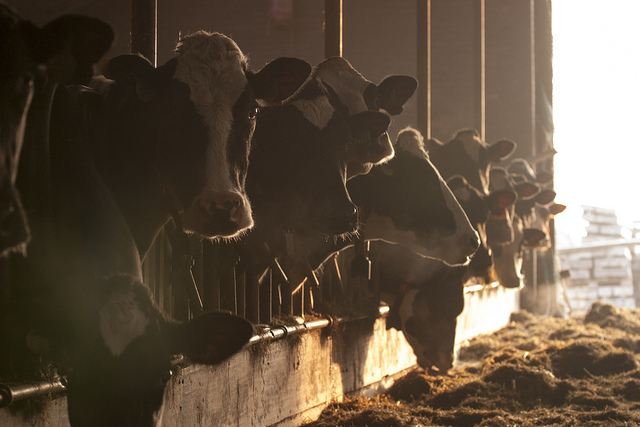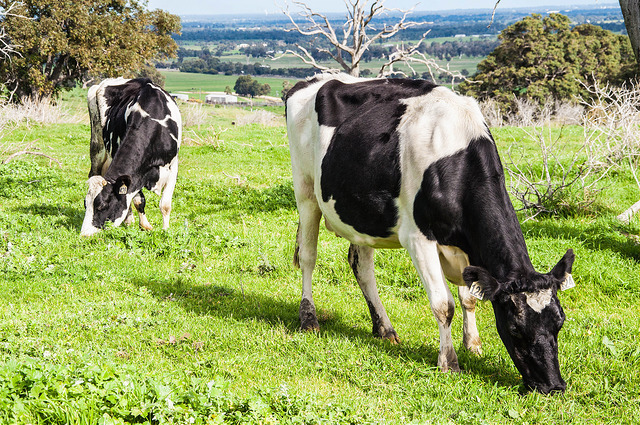



UK's Ruminant Health & Welfare group identifies priority areas for 2021-2023
Ruminant Health & Welfare has announced four key areas it will be working on over the next two years to help improve cattle and sheep production in the UK.These are: Priority diseases and syndromes, high impact/low prevalence diseases, welfare opportunities and future farming systems.
The organisation launched late last year and has since been working on its strategy to tackle ruminant health and welfare challenges that damage productivity and have consequential impacts on antibiotic use and greenhouse gas emissions.

In mapping out priorities, the group was determined to be relevant to those caring for livestock on the ground, explains chairman Nigel Miller. “The initial checklist of potential priorities drew heavily on diseases which have the highest impact on carbon efficiency, a close proxy for production efficiency. The development process added several others, some of which were of lower prevalence but important to some regions and sectors.”
The final list was then tested through a survey targeting the farm community, vets and animal health professionals. This sought views on production and welfare impacts as well as looking more widely at market access and potential consumer concerns.
“In developing an action plan the views of those working directly with sheep, and cattle will be a primary focus and interventions will be selected to deliver meaningful gains or to add-value to existing initiatives,” he adds.
Now the priorities have been identified, the most effective and achievable interventions will be organised or implemented. “The commitment is to balance both the agenda and group time to ensure similar levels of activity across the sheep and cattle sectors while also supporting other species of farmed ruminants,” explains Mr Miller.
For the first area of activity; priority diseases and syndromes, the organisation will initially focus on marrying the survey results with knowledge on other factors in a workshop. “We want to prioritise high impact diseases which are amenable to intervention and for which there is a gap we could address,” says Mr Miller.

For high impact/low prevalence diseases, RH&W has established a working group, which has already identified a shortlist of diseases or conditions which have a high impact at herd or flock level but low prevalence nationally. “These are diseases with which RH&W can positively intervene and map out a strategy; the group is also looking into horizon scanning, surveillance and monitoring priorities.”
When it comes to animal welfare, the group is organising a workshop in late spring. “The aim of the workshop is to develop a welfare positive checklist to allow all involved in caring for ruminant livestock to benchmark their welfare status, and where appropriate adopt new approaches,” says Mr Miller.
In terms of future farming systems, these projects will tackle bottlenecks in current practices which present health and welfare risks. The aim is to develop future farming systems that raise the bar on health and welfare and improve the sustainability and reputation of the ruminant sector.
“RH&W’s outcomes underpin industry efforts to meet the UK’s Net Zero ambitions and are aligned with responsible antibiotic use. RH&W may also reflect the position of the UK ruminant livestock sector, contributing to both policy development and the public understanding of health and welfare issues.”
Visit the Ruminant Health & Welfare website for more information.


